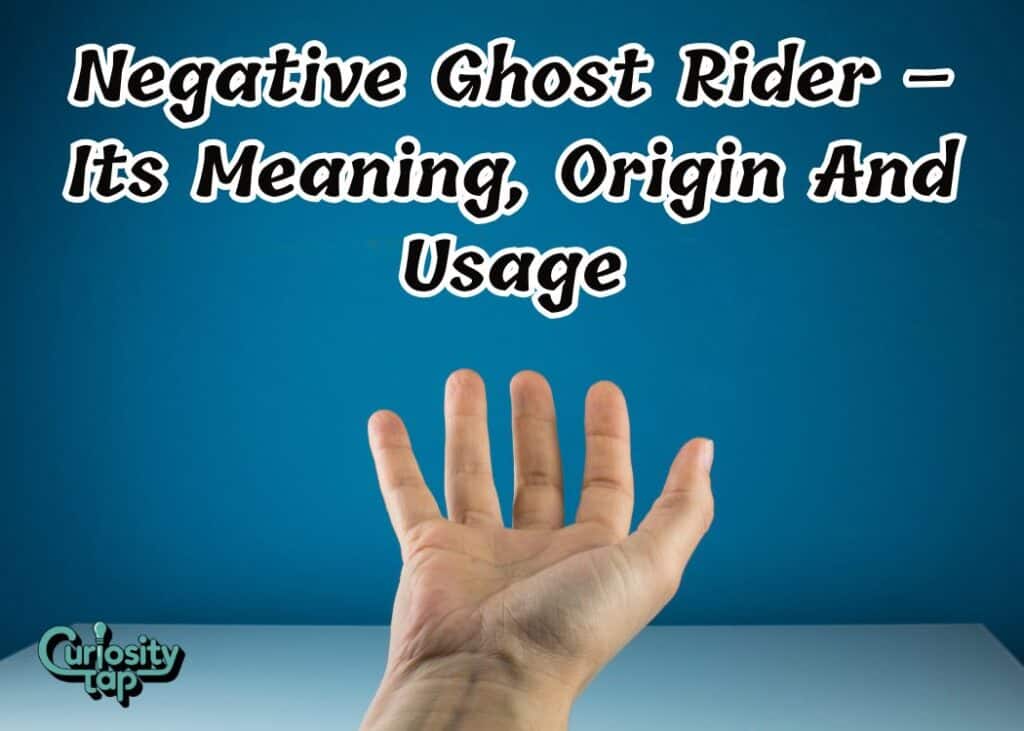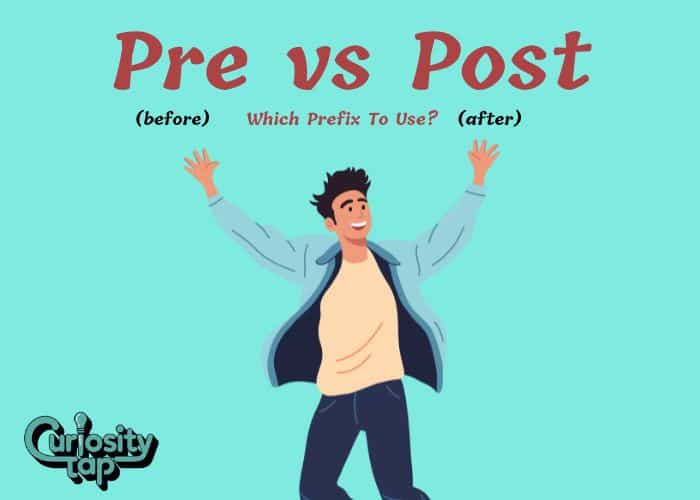Picture this: You’re at work, and your colleague Sarah asks if you can cover her weekend shift. Instead of giving a flat “no,” you flash a grin and say, “That’s a negative, Ghost Rider.” Suddenly, what could have been an awkward rejection becomes a moment of shared laughter.
This iconic phrase has traveled far from its cinematic origins to become one of the most beloved ways to say no in modern conversation. But where did this memorable catchphrase come from, and why has it stuck around for decades?
Whether you’re a Top Gun fan or someone who’s heard it in casual conversation, understanding the story behind “negative Ghost Rider” reveals how pop culture phrases become part of our everyday language.
What Does “Negative Ghost Rider” Actually Mean?
At its core, “negative Ghost Rider” is a humorous way to say no or deny a request. The phrase combines military-style communication with a playful tone, making rejection feel less harsh and more entertaining.
The meaning breaks down into two parts:
- “Negative” – Military and aviation term meaning “no” or “denied”
- “Ghost Rider” – A call sign used in radio communication
When someone uses this phrase, they’re essentially saying “no” while adding a layer of humor and pop culture reference that softens the blow of rejection. It’s particularly effective because it transforms a potentially uncomfortable moment into something light-hearted and memorable.
The phrase works so well because it:
- Maintains friendliness while declining
- Adds humor to potentially awkward situations
- Shows cultural awareness and shared references
- Creates connection through movie nostalgia
The Hollywood Origins of a Cultural Phenomenon
“Negative Ghost Rider” gained worldwide recognition through the 1986 blockbuster Top Gun. In the film, this aviation lingo appears during a crucial scene involving Pete “Maverick” Mitchell and flight control communications.
The Top Gun phrase wasn’t just random dialogue – it reflected authentic military communication style used in real aviation settings. Call signs like Ghost Rider were (and still are) standard practice in military operations, helping pilots identify each other during radio transmissions.
Director Tony Scott and the screenwriters incorporated genuine aviation terminology to create authenticity. The phrase “the pattern is full” – another memorable line from the same sequence – demonstrates how radio communication language was woven throughout the film.
From Silver Screen to Everyday Speech
What makes “negative Ghost Rider” special isn’t just its movie origin – it’s how seamlessly it transitioned from fictional dialogue to real-world usage. The phrase struck a perfect balance between:
- Authority (military precision)
- Humor (playful delivery)
- Memorability (catchy sound)
- Versatility (works in many contexts)
This combination helped the phrase transcend its cinematic roots and become a staple of conversational English.
Real-World Examples: Where You’ll Hear This Phrase
“Negative Ghost Rider” has found its way into countless everyday situations. Here are some real-life examples of how people use this creative denial phrase:
Workplace Scenarios
- Manager: “Can you work overtime this weekend?”
- Employee: “That’s a negative, Ghost Rider – I’ve got family plans.”
- Colleague: “Want to grab lunch at that expensive steakhouse?”
- Response: “Negative Ghost Rider, my budget’s pretty tight this month.”
Gaming and Sports Contexts
- Friend: “Think you can beat me in this video game?”
- Gamer: “Negative Ghost Rider, you’re way too good at this.”
- Teammate: “Should we try that risky play?”
- Captain: “Negative Ghost Rider, let’s stick to the game plan.”
Casual Social Situations
- Friend: “Feel like going out tonight?”
- Response: “Negative Ghost Rider, I’m having a Netflix night.”
- Roommate: “Mind if I borrow your car?”
- Answer: “Negative Ghost Rider, I need it for work tomorrow.”
Parenting and Family Dynamics
- Child: “Can I have ice cream for breakfast?”
- Parent: “That’s a negative, Ghost Rider – how about some fruit instead?”
- Teenager: “Can I stay out until 2 AM?”
- Parent: “Negative Ghost Rider, curfew’s midnight.”
Alternative Ways to Express the Same Idea
While “negative Ghost Rider” is unique, there are other creative ways to say no that serve similar purposes:
Pop Culture Alternatives
- “Not today, Satan” (from social media culture)
- “I don’t think so, Tim” (from Home Improvement)
- “Computer says no” (from British comedy)
Military-Inspired Phrases
- “That’s a no-go”
- “Permission denied”
- “Abort mission”
Casual Humor Options
- “Hard pass”
- “Yeah, that’s gonna be a no from me”
- “Not happening, chief”
| Phrase Type | Example | Best Context |
| Pop Culture | “Negative Ghost Rider” | Casual, friendly situations |
| Direct | “No, thanks” | Professional settings |
| Humorous | “Not today, Satan” | Close friends, social media |
| Military | “That’s a no-go” | Team environments |
Why This Phrase Became So Popular
The enduring appeal of “negative Ghost Rider” lies in several psychological and social factors:
The Power of Shared References
When someone uses this phrase, they’re creating an instant connection with anyone who recognizes the Top Gun reference. This shared cultural knowledge builds rapport and demonstrates common ground.
Humor as Social Lubricant
Rejection with humor is far more palatable than blunt refusal. The phrase transforms potential conflict into entertainment, making both parties more comfortable with the interaction.
Memorable Sound Pattern
The phrase has a distinctive rhythm and linguistic flow that makes it easy to remember and fun to say. The combination of “negative” and “Ghost Rider” creates a memorable sound pattern that sticks in memory.
Versatility Across Contexts
Unlike many movie catchphrases, this one works in professional, casual, and family settings. Its adaptability has contributed significantly to its longevity.
Expert Tips: When and How to Use This Phrase Effectively
Best Practices for Using “Negative Ghost Rider”
Choose the right audience: Make sure your listener will appreciate the pop culture reference. This phrase works best with people who understand movie references or enjoy casual humor.
Consider the setting: While versatile, this phrase is most effective in:
- Informal conversations
- Team environments
- Friend groups
- Family interactions
Match your tone: Deliver the phrase with a light-hearted tone – the humor comes from the delivery as much as the words themselves.
What to Avoid
Don’t overuse it: Like any catchphrase, it loses impact if used too frequently. Save it for moments when you want to add humor to your refusal.
Avoid in formal settings: While the phrase is generally acceptable, very formal or professional contexts might call for more traditional language.
Don’t use it for serious rejections: If someone is asking for something genuinely important or emotional, this humorous approach might seem insensitive.
The Cultural Impact Beyond the Movies
“Negative Ghost Rider” represents something larger than just a movie quote – it demonstrates how cinema influences language and how military terminology can become part of civilian conversation.
The phrase has appeared in:
- Television shows and comedy sketches
- Social media posts and memes
- Gaming communities and online forums
- Workplace conversations across industries
This widespread adoption shows how effective communication can transcend its original context and become a permanent part of conversational English.
Bonus Tip: Creating Your Own Memorable Phrases
Want to develop your own signature way of saying no? Here’s what makes phrases like “negative Ghost Rider” so effective:
Combine familiar elements in unexpected ways: The phrase works because it merges military precision with casual conversation in a surprising combination.
Add personality to routine interactions: Instead of generic responses, look for ways to inject humor or creativity into everyday exchanges.
Build on shared cultural knowledge: References that your audience will recognize create instant connection and shared understanding.
The key is finding phrases that feel natural to you while adding entertainment value to your conversations. Whether you stick with “negative Ghost Rider” or develop your own creative alternatives, the goal is making communication more engaging and memorable.
Frequently Asked Questions
What does “negative Ghost Rider” mean in everyday conversation?
“Negative Ghost Rider” is a humorous way to say no that originated from the 1986 movie Top Gun. It combines military communication style with pop culture reference to create a light-hearted rejection that’s more entertaining than simply saying “no.”
Is it appropriate to use “negative Ghost Rider” in professional settings?
While the phrase is generally friendly and professional, it’s best used in casual workplace environments where humor is appreciated. For very formal situations or with unfamiliar colleagues, traditional professional language might be more appropriate.
Why has this phrase remained popular for so long?
“Negative Ghost Rider” has endured because it perfectly balances humor, authority, and cultural reference. The phrase transforms potentially awkward rejection situations into shared entertainment, making it both memorable and socially useful.
Are there other similar phrases from Top Gun that people use?
Yes, other Top Gun phrases like “the pattern is full” and “talk to me, Goose” are also used in everyday conversation, though “negative Ghost Rider” remains the most popular. These phrases demonstrate how movie dialogue can become part of natural language when it resonates with audiences.
Conclusion
“Negative Ghost Rider” proves that the best catchphrases aren’t just words – they’re cultural bridges that connect us through shared humor and memorable moments.
From a simple Top Gun scene to millions of everyday conversations, this phrase has earned its wings by turning ordinary rejections into opportunities for connection and laughter.
So the next time someone asks you to do something you’d rather skip, remember: there’s always a more entertaining way to say no, and sometimes that’s exactly what makes communication fly.
Read more knowledgeable blogs on Curiosity Tap

Jackson Pearson is a passionate educator and language enthusiast behind the blog Jackson Pearson. With years of experience in teaching and writing, he specializes in simplifying complex grammar rules, breaking down tricky vocabulary, and crafting learning guides that are both engaging and practical. His mission is to help readers boost their English skills whether they’re beginners or brushing up for fluency. Through every article, Jackson brings clarity, structure, and a spark of curiosity to the world of English learning.



